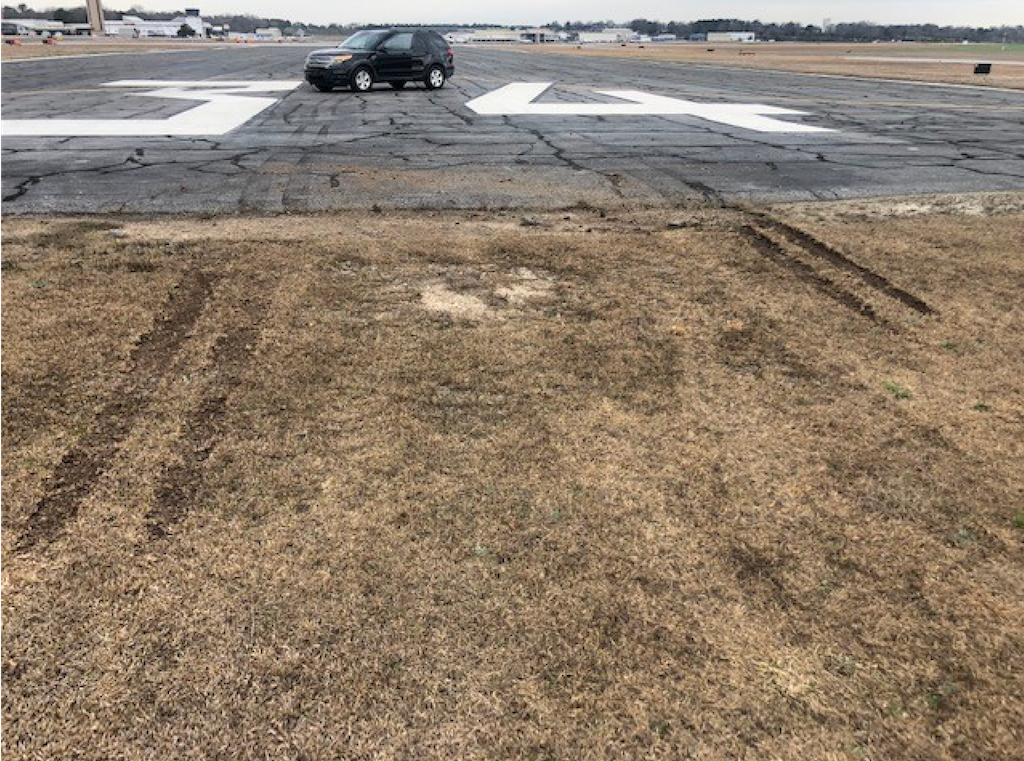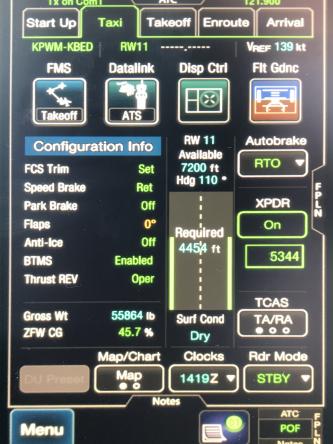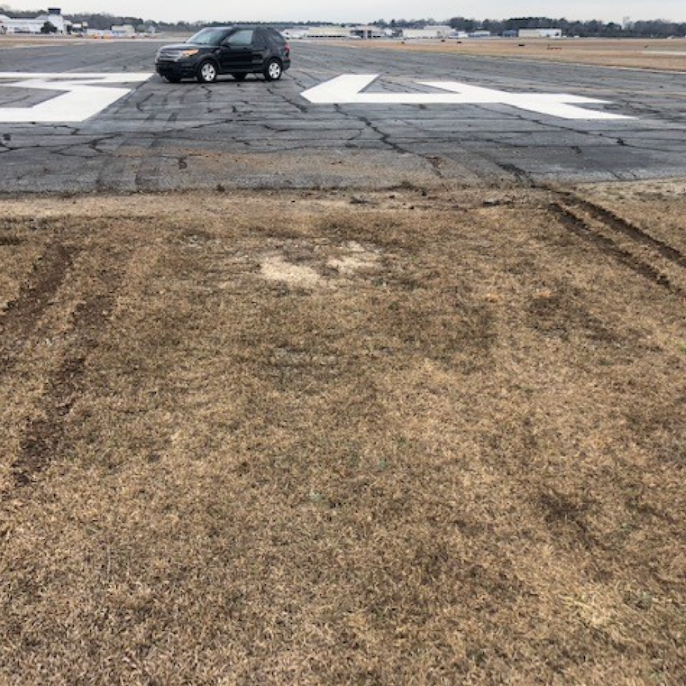
The very nature of pilot licensing instills upon us the need to constantly become better at what we do. A brand-new private pilot wants to add multi-engine and instrument ratings, followed by a commercial license and, perhaps, an Airline Transport Pilot (ATP) rating. We aren’t alone in this type of career stratification, but few professions have as many levels on the way from novice to professional. Before I got my ATP back in 1986, I could think of nothing loftier. Since then, I’ve noticed many ATPs jump off the quest for more and more knowledge and start to coast. They might still aspire to be better pilots, but the need to become better is no longer a priority. Lost on these goalless pilots is that in the quickly changing world of aviation, if you fail to move forward, you will fall behind.

I don’t mean to say these pilots are not keeping current and proficient in the mechanics of flying airplanes and the procedures drilled into them during training. They are more than likely becoming better pilots when it comes to method, by way of sheer repetition and regular training. I do mean to say that pilots who believe they have “done it all” and have no more goals to achieve have philosophically stopped improving. It is a question of philosophy over methodology.
I believe that even if you are already a highly accomplished aviator, you still need to continuously work on and improve your pilot philosophy. A pilot whom I look up to very much has three rules of aviation that spell out a philosophy I think I’ve grown into over the years but have never articulated. You already may have such a philosophy that serves you well. Whether you do or not, please consider these in your quest to become a better pilot.
Rule 1: Don’t Get Busy
We all grew up with stories of pilots with ice water in their veins and neurons fast enough to make the hard choices without breaking a sweat. Speed is life, we hear. Make a decision now or die! You cannot survive more than a few flights as a professional aviator before realizing it is all a myth. Speed is not life; in fact, speed kills. Rule No. 1: Don’t get busy. This applies to normal as well as abnormal operations.
For example, take the pesky problem of remembering to extend your flaps to takeoff position prior to takeoff. Aircraft manufacturers have known it is a problem for we pilots and have tried to make the system idiot-proof, failing to realize that this is impossible to do because we idiots are ingenious.
The venerable Boeing 707 had a safety system that sounded a warning horn if the thrust levers were advanced to a certain angle without the flaps set. The crew of a Pan American World Airways Boeing 707 taking off out of Anchorage, Alaska, on a cold day found out this safety system had a flaw. They perished in 1968 because they forgot their flaps and the temperature was cold enough to allow them to set takeoff thrust before reaching the trigger point. The crew had become distracted by the need to figure fuel planning when their filed oceanic altitude had become unavailable. They retracted the flaps they had previously set, became rushed at the last minute, and forgot to reset them.
You may say your airplane has your back. Mine too. My Gulfstream GVII has an electronic checklist that watches the flaps for me and checks that item once I set them. Before I take off, it gives me an itemized list of what needs to be done before I can safely take off. I am completely covered! Or am I?

Even with the latest technology, there remains the classic “garbage in, garbage out” problem where a rushed pilot skips a few steps and ends up fooling the foolproof computer into assuring everyone the situation is perfectly normal. That is precisely what happened to an MK Airlines Boeing 747 cargo aircraft at Halifax International Airport (CHYZ), Nova Scotia, Canada, on Oct. 14, 2004. The crew neglected to update their takeoff weight from the aircraft’s previous takeoff and their rotation speed was based on a much lower weight; in fact, it was more than 30 kt. too low. The crew was allowed to use a laptop computer to figure the performance data and to have another person verify the data using the same computer. Both pilots made the same mistake and neither noticed the error. The aircraft failed to lift off at the computed speed, became airborne beyond the paved surface, and hit an earthen berm. It became airborne again and then impacted the terrain and burst into flames, killing all seven people on board.
In many of these takeoff accidents, the crew was rushed and skipped an important step when configuring the aircraft or computing performance data. Getting busy with other chores can create the perfect distraction. The situation is perfectly normal, after all. But what about for a no-kidding emergency? Then, you must admit, speed is life! No, it almost never is.

The classic case of pilots rushing to fix something that can wait is when an engine fails during takeoff. On Feb. 4, 2015, a TransAsia Airways ATR-72 took off from Taipei Songshan Airport (RCSS), Taiwan, when the right engine failed. Climbing through 1,200 ft., the right engine autofeathered, and the master warning system indicated “ENG 2 FLAME OUT AT TAKE OFF” and listed the appropriate procedure. The captain pulled back the wrong engine. Though the first officer initially responded, “Wait a second cross check,” once directed to shut down the wrong engine, he did just that. The captain didn’t realize his error until the aircraft was descending with the stick shakers activated. There was no indication of fire and no reason to immediately pull back any throttles at all.
We are often counseled in class to slow down and resist the urge to act immediately. “Go get a cup of coffee first” or “wind the clock,” we are told. My favorite: “What’s the first thing you should do in an emergency and when should you do that?” Answer: “The first thing I should do is nothing and I should do that immediately.”
But then we spend our time in the simulator practicing scenarios where slowing down is the wrong answer. Getting a cup of anything is no doubt the wrong answer when you have an engine blow up at 100 kt. or a rapid depressurization at FL450. Things that require immediate action should not only be reacted to immediately, but they should be practiced often. The Flight Standardization Board Report for my Gulfstream GVII defines them as critical steps that must be accomplished without reference to any documentation and lists them: engine fire/auxiliary power unit (APU) fire, engine failure after V1, cabin pressure low/emergency descent, engine exceedance, enhanced ground proximity warning system (EGPWS)/windshear/traffic alert and collision avoidance system (TCAS) alerts, sidestick fail, ground spoilers armed and brake-by-wire fail on the ground. You may have to build your own list, but there is a finite list of procedures that must be accomplished immediately. For all others, you need a routine that helps you slow down.
My technique is to announce the symptoms of the problem to the crew and the fact I am flying the airplane, the status of the automation, and constraints that could impact resolution. I do not hypothesize the cause, the required checklist or possible solutions until the crew has had a chance to analyze the situation. In the case of the TransAsia ATR, for example: “We have an Engine Two Flame Out at Takeoff indicated by the warning system. I have control of the aircraft with the autopilot engaged and properly controlling engine-out yaw.” And that is all until the first officer has a chance to catch up.
Rule 2: Don’t Get Smart
Pilots are smart people, no doubt about it. How can you routinely defy gravity without being smart? You regularly fly very smart people in back who cannot do what you do in front. So, I think it is safe to say, you are smart. But are you smart enough for all situations? One way to maintain a level of humility as a check on your “smartness” is to study the examples of other very smart pilots who ended up learning that they didn’t know everything they needed to know when making very dumb decisions.

On March 9, 2019, a Gulfstream GIV crew found themselves arriving at Atlanta-DeKalb-Peachtree Airport (KPDK) about 20 min. before their planned runway would be open. Runway 21L/03R is 6,001 ft. long and routinely handles aircraft like the GIV. The only option until that runway was open was Runway 34, which was only 3,967 ft. long. The aircraft’s performance computer said they only needed 2,800 ft., so they opted for the shorter runway.
When crossing the end of the runway, in the words of one of the pilots, “suddenly a hard impact occurred.” Damage to the fuselage was listed as “substantial.” The pilots apparently failed to realize the distance between their main gear and their visual aimpoint far exceeded the physical distance between the cockpit and the main gear. They were not as smart as they thought they were.
On March 13, 2014, a US Airways Airbus A320 was substantially damaged after the captain elected to abort a takeoff after becoming airborne with the aircraft’s aural warnings yelling “Retard!” repeatedly. (The “Retard!” annunciation is meant to announce autothrottle reduction during landing.) The case study is a fascinating exposé of poor crew resource management and decision making. But it is also a case where the pilot’s excellent training wasn’t excellent enough. A series of pilot programming mistakes left the airplane without posted V-speeds during a reduced thrust (“Flex”) takeoff and set up a chain of warnings that cascaded to the faulty “Retard!” alerts and an “ENG THR LEVERS NOT SET” message. The correct reaction to the message was: “THR LEVERS…TO/GA.” When asked why he did not push the thrust levers to TO/GA after he received the "ENG THR LEVERS NOT SET" ECAM message and chime, the captain reported that it was "no harm" and left the thrust in FLEX.

According to interviews conducted for the investigation, none of the US Airways A320 line pilots or A320 check airmen had ever heard that a RETARD alert could occur on takeoff before the accident flight. What I find illuminating in this case study is the captain’s “no harm” statement. He was cavalierly smart. But not smart enough.
When I am the second in command (SIC) and the pilot in command (PIC) decides to do something that is outside standard operating procedure (SOP), I like to put on my most sarcastic voice and say, “Sure! What can go wrong?” If I am the PIC I hope the SIC will do me the same courtesy. Failing that, when pondering a solution that I consider “outside of the box,” I try to visualize the possible accident report. Will my peers be reading about my actions and wondering, “What was he thinking?” Will some future aviation writer be using my actions as a case study and conclude that I was smart, but not smart enough?






Comments